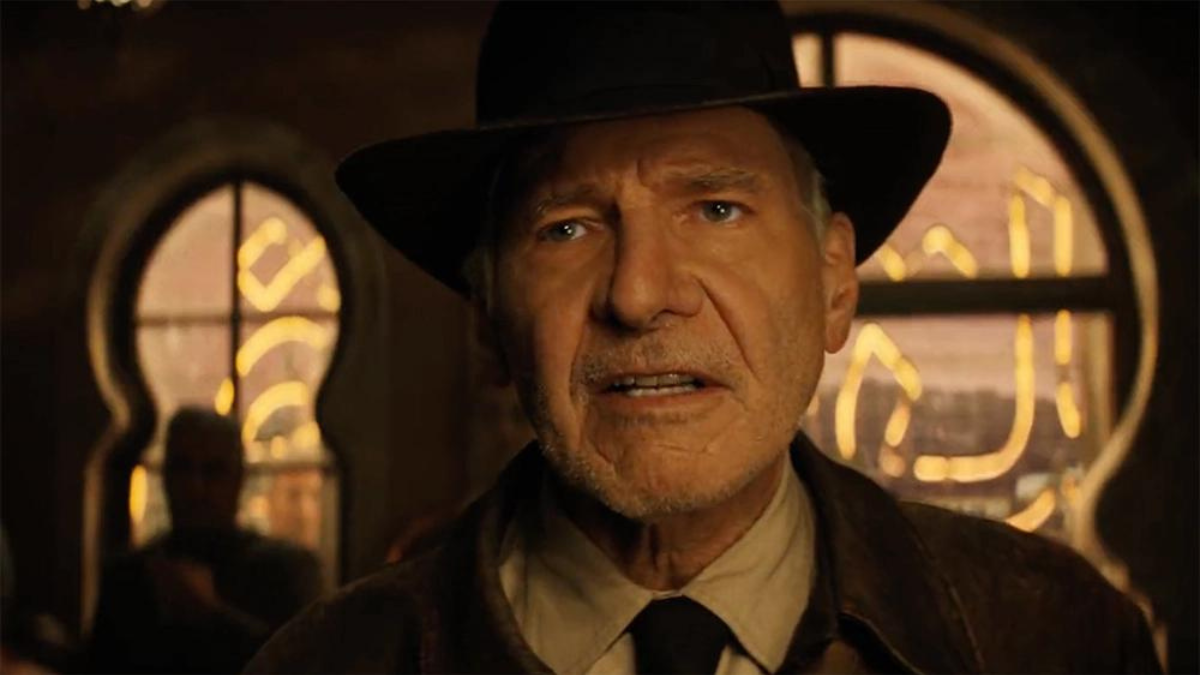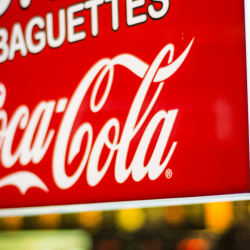Dread it. Run from it. Destiny arrives all the same. No, this isn’t a piece about Thanos and his Infinity Stone shenanigans — the destiny I’m talking about is Indiana Jones and the Dial of Destiny (2023). Like so many of the generation weaned on Indiana Jones’ escapades, I’d pretty much managed to convince myself that 2008’s Kingdom of the Crystal Skull was nothing but a bad dream, the filmmakers resolutely happy to leave the series as a perfect trilogy. Alas, no.
But now, the imminent arrival of the — *counts on fingers* — FIFTH instalment of the grave-plundering franchise got me thinking about the dichotomy of Dr Jones. Part-lecturer, part-adventurer; heroic and arrogant; intelligent and gormless — unafraid to fight or flee. He, like other multi-hyphenates, needs the flexibility to be, and do both, as the occasion requires.
So what do Indy’s exploits remind us of as marketers…?
Know your strengths and those of your enemy

Let’s get this straight: ‘caveman brain’ has got rather a bad rep. In psychology circles, the phrase refers to base human impulses and knee-jerk ‘fight or flight’ reactions. In reality, however, it’s the primeval hardwiring without which we wouldn’t be here today. Ultimately, the fulcrum of the ‘fight or flight’ debate today is self-awareness. Knowing your enemy and yourself, with the honesty to accept that there’s no point in fighting the good fight if you haven’t got the firepower to compete, let alone win.
There’s no shame in choosing to run and regroup. Whether that’s sleeping on a problem or responding to a question when you’re better informed. This is what makes Indiana Jones such a relatable and endearing hero: from the character’s introductory scene in Raiders of the Lost Ark (1981), as he flees an entire tribe of furious Amazonians — he knows he can’t always win, and isn’t about to let vanity get in the way of survival.
‘The better part of valour is discretion,’ as Falstaff puts it, placing honour on hold for a moment and eschewing ‘the good fight’ for ‘the right fight’. It doesn’t make us less, it makes us human. Shakespeare knew it. Indy knows it. And as marketers, so should we.
Brute force is sometimes unavoidable

Picking your battles aside, a staple of every Indiana Jones movie is the moment in the hero’s journey where he’s forced to stand and fight (with the obstacle in his path usually coming in the shape of former wrestler and legendary rent-a-brute, Pat Roach). Of course, this being a movie, our plucky lead always manages to conquer this challenge, whereas life — and business — don’t always offer such a perfectly scripted payoff.
Nevertheless, working in the field of B2B events, unexpected challenges — usually on-site and invariably at the worst possible moment — are a virtual inevitability. At the coal-face of brand and business experiences, however (much like in the Indy movies) there’s no room for anything but attacking issues square on, with ‘flight’ the unfortunate equivalent of waving the white flag during such sink or swim moments. Without doubt, this requires an indefatigable, can-do, yet calm — in the presence of clients and consumers, this is a fight that needs to take place in the back streets, not under the spotlight.
From a workplace perspective, the engagement and welfare of employees is similarly a battle companies can’t shy away from. Keeping your house in order and people onside is a non-negotiable: fight now or lose later. More recently, the readiness to face up and fight our individual demons demonstrates a more progressive — rather than aggressive — society and working environment. Mental health is now a battleground we are much more willing to acknowledge and confront, with allies at the ready.
Once again, taking inspiration from Dr Jones, it’s about recognising that this is the moment to fight that matters – and understanding that this is not about the conflict itself, but rather the pursuit of a goal – whether that’s the Holy Grail or something far more important.
There’s usually a smarter solution

Perhaps the most iconic moment in any Indiana Jones movie is where our hero, when confronted by a sword-wielding enemy, simply pulls out his revolver and takes him out with a single shot. Whilst originally planned as a full-on fight scene, Harrison Ford, at the time suffering from a nasty bout of dysentery, flipped the script to avoid unnecessary filming in the hot desert sun, improvising this legendary shortcut.
Efficiency is a cornerstone of business — as Robert Frost once put it, ‘the best way out is always through‘ – but this is a vital reminder of the power of improvisation, creativity and disruption to reset the rules of engagement in a confrontation you can’t avoid. Whilst problems in business or life don’t tend to be resolved — mercifully — by a bullet, the guile, experience and presence of mind demonstrated in this moment by Indy is something we can all aspire to, in the quest for a smarter, cleaner resolution.
Everyday heroics
Whether our actions are motivated by fate or force of will, we’re defined by our choices: lover or fighter, stick or twist, do or die. Today, however, the nuances of modern life, the breakneck rate of innovation and the systematic entanglement of personal and professional worlds make a flexible approach to decision-making vital. Be brave, cautious and smart, all at once. Be creative, humble and belligerent, as the moment dictates. As a character in whom both academic and adventurer seamlessly coexist, Dr Jones teaches us that it’s not reductive, immutable personality traits that motivate ‘fight or flight’ decisions, but rather experience, calm, bravery and invention.
Whether it’s during a pitch, in the midst of an event, or day-to-day in the workplace, never be afraid to be honest, to look silly, to stand up for yourself or to try something different: we could all do with being a little more Indy sometimes.
Featured image: Indiana Jones and the Dial of Destiny (2023) / Disney































